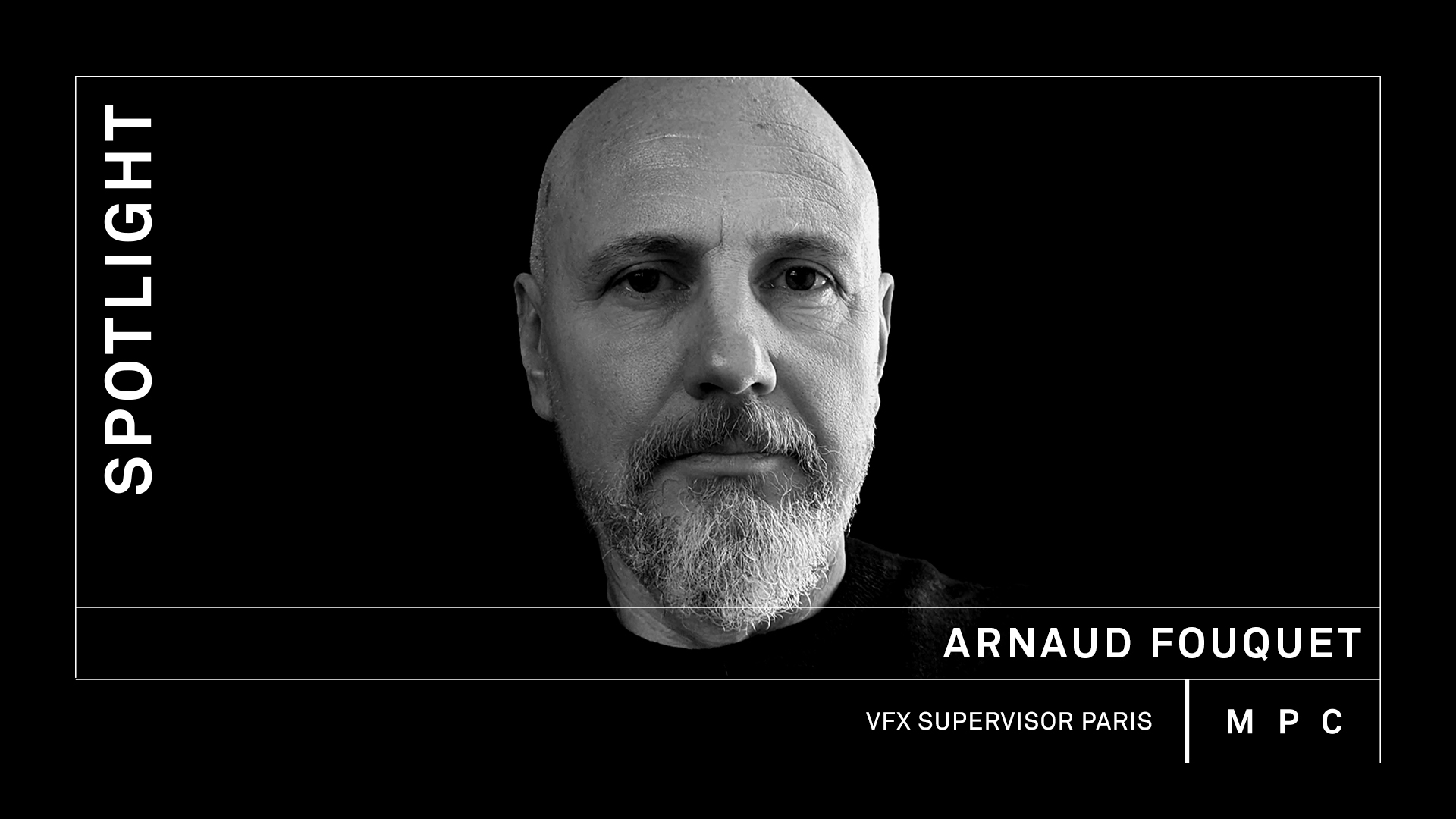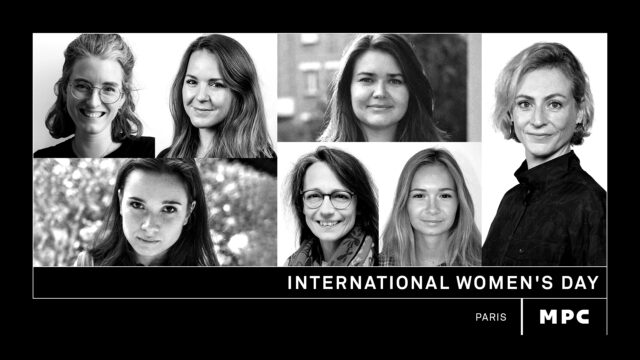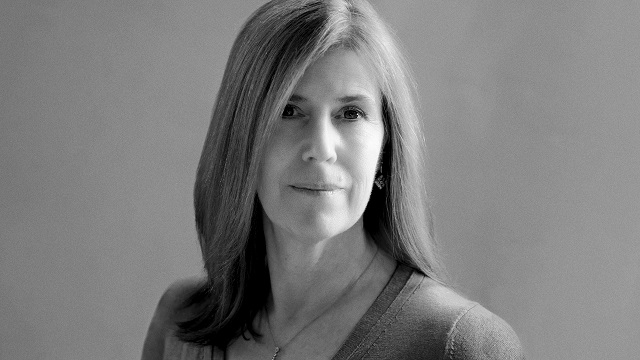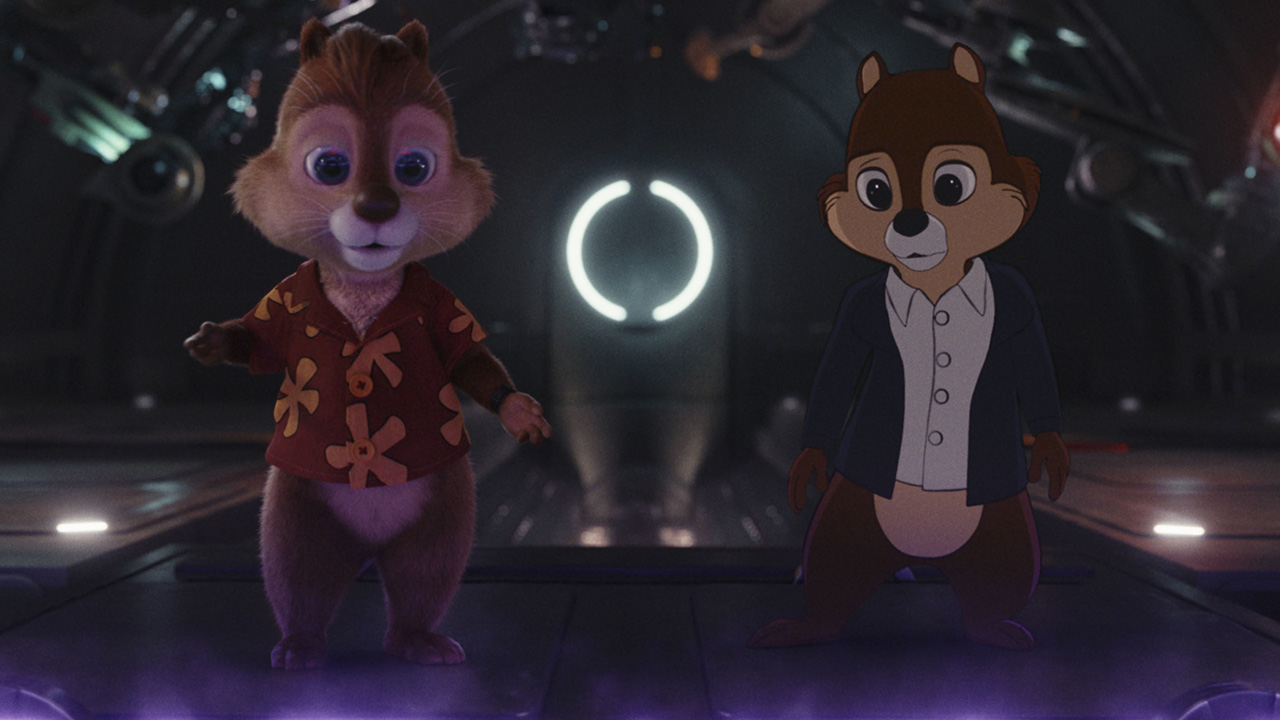Our first talent spotlight is with Arnaud Fouquet, who has contributed to more than 80 films in 13 years at MPC – here’s his insight:
- What was your path to becoming a VFX Supervisor?
After graduating with a degree in Audio-visuals, I started working for a company called Excalibur.
We brought “old-fashioned” effects directly into shooting like overhead projections, motion-control, matte-painting on glass, building models, and so on.
Then in 1994, the company set up a small digital department. At that time, computers had just arrived at Excalibur and were not yet being used for production. I requested permission to teach myself how to use these computers and was given the go-ahead. I grabbed the manual and for a month I learned to work on EDDY, which was among the very first compositing software. Following this, the first round of production began, and being the only one trained on EDDY software, I was entrusted with my first VFX shot! From then on, I went straight from one production to another as a graphic designer for Excalibur for several years.
Then from 1997 to 2010, I worked at L’E.S.T (L’Etude et la Supervision des Trucages), which specialises in all the visual effects for film, producing part in-house and subcontracting the other part to other companies.
At the time, this was a completely pioneering approach in France. I worked there as a graphic designer and went on to become a VFX supervisor.
Next, I joined MPC Paris (formerly Mikros VFX) in November 2010. In 13 years at MPC Paris, I have worked on more than 80 films and have also been nominated for a César award for best visual effects!
- What does your job cover and what is your typical day like?
Being a visual effects supervisor means you start each project by reading a script, then by a first VFX analysis when the film is still at the research stage with producers and has not been green-lit yet. We then refine the research and provide a cost estimate through discussions with the director and producer. I then handle the supervision of the effects on set. Finally, I supervise and work with a team of graphic designers. In the end, my job is to provide the director with the shots they have come up with while staying within the producer’s budget. A typical day for me moves between excel spreadsheets for drawing up quotes, reading scripts, client meetings, reviews, briefs with my teams, and shoots.
- What is your proudest VFX supervisor project?
I have a few, it’s hard to choose. I have been lucky to work with many exciting directors, like Mikael Haneke and Jacques Perrin… If I had to choose, I would probably say Lost Illusions. That was an exciting film to produce at every stage. Working with a talented director like Xavier Gianoli is just so rewarding. The movie was a critical and commercial success, and the icing on the cake was a César nomination in the VFX category.
- What would you say to a teenager who wanted to do the same job as you?
“Don’t rush. Learn, watch, observe.”
From the outside, supervising looks cool: there’s the filming and discussions with the directors, but there are trade-offs that you must accept in this line of work.
It’s a job where relationships are very important, within a high stress environment, which requires a lot of time and attention.
- What is your favourite part of your job?
I really enjoy the research stage of the work, when you’re finding and offering solutions to directors so that they can find in the image what they imagined.
- What is the highlight of your career today?
The film I am currently working on… But I can’t tell you about it! You won’t be disappointed 😉
- What was the most ‘challenging’ shot in your career?
In this business, you’re on edge so often that I’ve stopped counting my sleepless nights! The sequence of Parisian boulevards in Lost Illusions is a good example:
The methodology for these kinds of effects is to have them built on set on the ground floors of the buildings, and then extend them into digital. This enables the actors and extras to act on a real set, and in turn, to have the right light on the actors from their surroundings. For Lost Illusions, it was not possible to recreate the boulevard on the ground floor of the buildings for financial reasons. After many discussions and a lot of location scouting, we decided to shoot the sequence in the gardens of the Palace of Fontainebleau. The advantage was that there was a dirt floor similar to the large contemporary boulevards. However, it meant having to rotoscope or digitally cut out 500 extras and 20 horse-drawn carriages, to replace the garden where they were filmed with a Parisian boulevard from the 1820s.
The shots would only work if there was no sunlight on the day of shooting. It had to be overcast! The sun would have meant putting part of the boulevard in the shade. So, I was keeping my fingers crossed for the weather to be on my side on the day of filming, even though it had been scheduled 4 months ahead of time. And of course, it was not possible to postpone a day’s shooting with 500 extras in costume, because a day like that requires a lot of preparation and you must recruit a lot of people as back-up.
Fortunately, the VFX gods and the weather were on my side that day. 🙂
- Who inspires you and why?
Ah… Christian Guillon, definitely! He is one of the pioneers and visionaries when it comes to digital effects in France. I was lucky to work with him and learn a lot from him over more than 12 years.
- What is your favourite film and why?
The Big Lebowski. I’ve always liked films by the Coen brothers – it’s directors like them, Scorsese, Ridley Scott, Sergio Loene, Stanley Kubrick, and many others who showed me what cinema is and led me to love it, to the point of wanting to take part in the process.
- What is your favourite MPC film?
Watchmen for sure! It’s a film that I loved and that I could watch again and again!
Thanks Arnaud! Interested in working with Arnaud and our French teams? Apply here.







